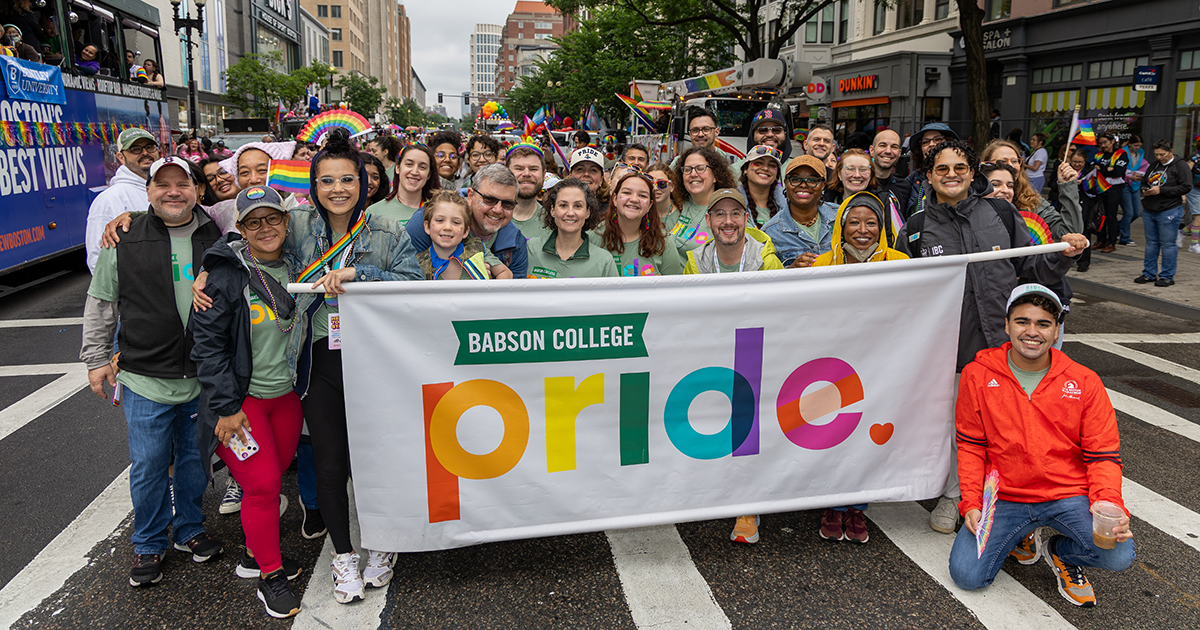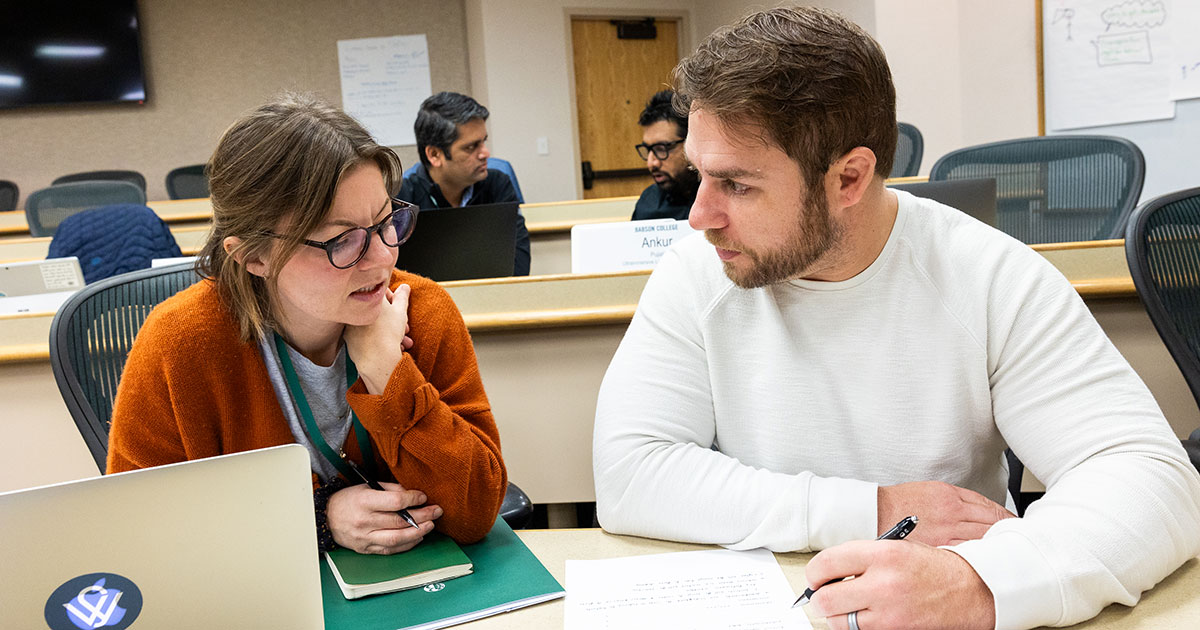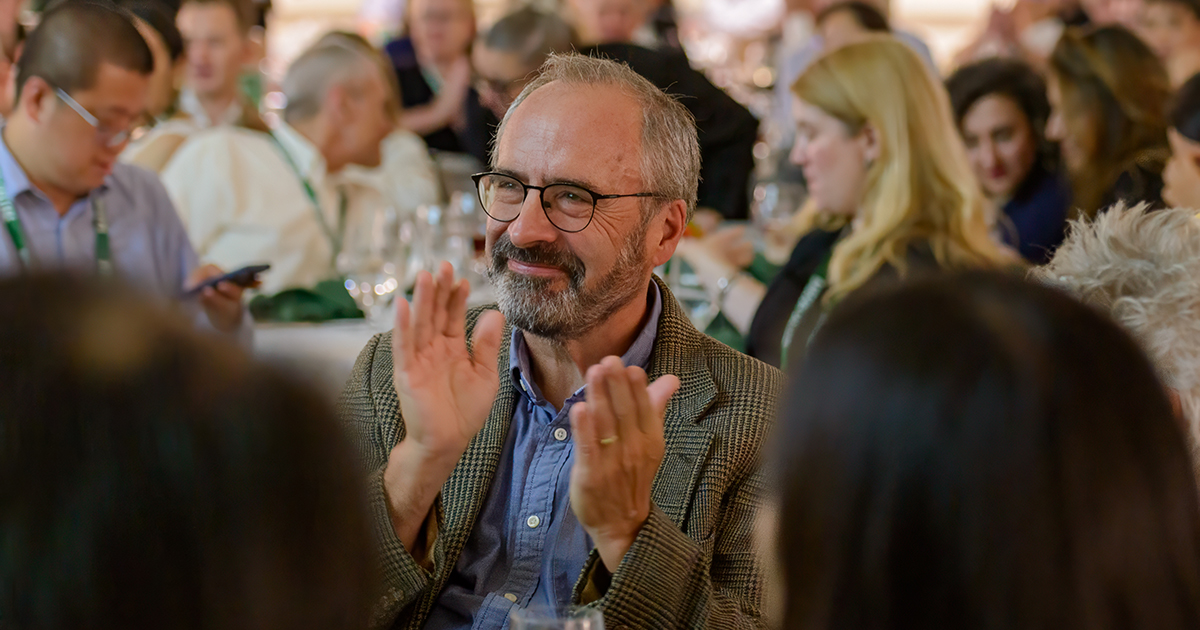Are You Building An Innovation Culture?

In looking at a recent Fortune 500 list, we found about 70 companies that have been on the list every year for 50 years. On average these firms are 115 years old, and have been built to transition successfully from one generation to another, independent of technologies, markets, products, processes, and leaders. They also have endured several business downturns.
How have they managed to not just survive, but to grow and prevail? The answer is their innovation culture.
In our analysis, we’ve found that the innovation culture in enterprises has not changed much in the last century. If we compare how a new age company such as Google practices innovation today to how a 170-year-old company such as P&G practices innovation today, we’ll find very little difference. More surprisingly, perhaps, is that if we compare these two innovation cultures to that of General Electric’s 100 years ago, we’ll find very little difference.
Here are our six building blocks for successful innovation culture:
1: Climate
Is our company climate favorable to innovation? Companies should aim to cultivate collaboration, openness, and simplicity. Utilizing people with diverse perspectives also is an important ingredient. The climate is built upon a foundation of trust in which people aren’t afraid to challenge how we do things.
2: Values
Is our organization entrepreneurial, creative, and focused on continuous learning? Note that we are not asking whether your CEO embodies these characteristics, since CEOs come and go.
3: Resources
How do we support our innovation efforts? In our analysis, we find that effective innovators tap into people, systems, and projects.
4: Processes
How do we get innovations done? We find that innovative companies create a funnel to routinely perform the following three activities: capture ideas; sift ideas from opportunities; and separate weak opportunities from strong ones. When strong opportunities are found, they start several small experiments, prototype rapidly, fail fast, and finally, scale-up quickly the highest potential ideas.
5: Behaviors
How do we think and act in order to foster innovation? This question evaluates everyone’s behavior, from executives to front-line employees to outside partners who are intimately involved with the business. In our work and research, we find that innovation behaviors are energizing, engaging, and enabling. One can learn, practice, and coach these behaviors. Best of all, no budget is needed, nor is permission required.
6: Success
What does success mean individually, organizationally, and externally? In our ongoing research, we consistently see that measures of success determine our behaviors and processes. When we feel successful, climate, values, processes, and behaviors get reinforced. Moreover, repeated success reinforces and connects each building block into a culture of innovation.
Getting Started
The road to building the foundation for innovation is old and time-tested. While there are many starting points, a firm can begin the journey by assembling a group of “innovation champions” who help the firm shape its values and create the climate. As the process continues and matures, champions can evolve into a community of mentors and coaches. Along the way, enterprises must:
- Give this community a common vision and a common language of innovation
- Provide them with concepts and tools to build the processes
- Coach their innovation behaviors
- Help them practice continuous experimentation
- Assess the culture of innovation within the enterprise at least once a year
- Be purposeful in creating a culture of innovation
Although this journey may take several years, the investment can yield real benefits before all disciplines are fully developed. Your organization might actually “catch a few fish,” while it is “learning to fish.”
Posted in Insights






